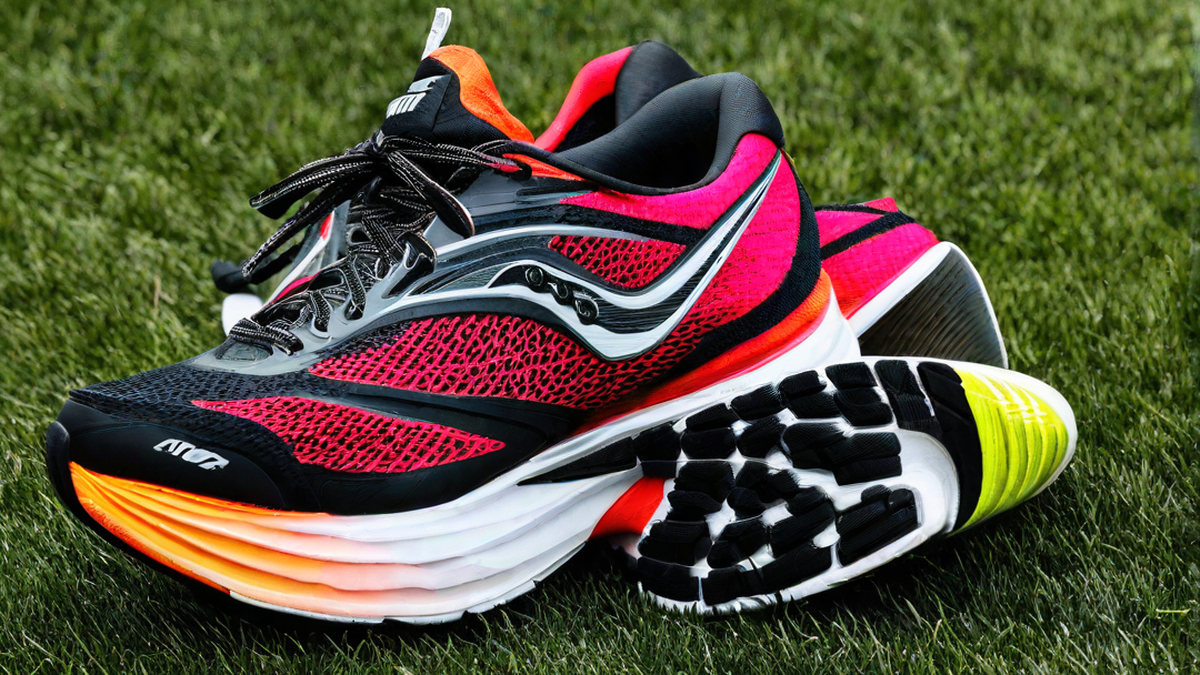When it comes to finding the best running shoe for yourself, there are several factors to consider. As a passionate runner myself, I understand the importance of finding the perfect shoe that suits your individual needs and preferences. In this article, I will share some valuable insights and tips on how to find the best running shoe for you.
Understanding Your Foot Type
Before diving into the world of running shoes, it’s essential to understand your foot type. There are three common foot types: neutral arch, high arch, and flat feet. Knowing your foot type will help you choose the right shoe with the appropriate amount of support and cushioning.
If you’re unsure about your foot type, you can visit a specialty running store where they often have experts who can assess your feet and recommend suitable shoe options. Alternatively, you can perform a simple wet test at home:
- Wet the sole of your foot.
- Step onto a piece of dark paper or a shopping bag.
- Check the imprint left by your foot:
- If you see a distinct curve along the inside of your foot, you likely have a neutral arch.
- If you see only a narrow strip connecting your heel and the ball of your foot, you likely have high arches.
- If your entire foot is visible in the imprint, you likely have flat feet.
Consider Your Running Style
Another crucial factor in finding the best running shoe is considering your running style. Are you an overpronator, an underpronator, or do you have a neutral gait? Pronation refers to the natural inward rolling motion of your foot when you run, which helps with shock absorption.
To determine your running style, you can examine the wear pattern on your current shoes or consult a podiatrist. Understanding your pronation type will guide you towards the appropriate shoe category:
- Overpronation: Look for stability shoes that offer extra support and motion control.
- Underpronation (Supination): Opt for cushioned shoes with ample shock absorption.
- Neutral Pronation: Choose neutral shoes that provide a balance between support and cushioning.
Trying on Different Shoes
Now that you have a better understanding of your foot type and running style, it’s time to start trying on different running shoe models. Remember that each brand and even different models within a brand can fit differently, so it’s important to try on multiple options before making a decision.
When trying on running shoes, consider the following:
- Fit: Make sure the shoe provides a snug fit without any discomfort or pressure points.
- Toe Box: Ensure there is enough room in the toe box to wiggle your toes comfortably.
- Arch Support: Check if the shoe offers adequate arch support based on your foot type.
- Cushioning: Evaluate the level of cushioning and responsiveness that suits your preference.
- Flexibility: Test the flexibility of the shoe by bending it at the ball of the foot.
Seek Expert Advice
If you’re still unsure or overwhelmed by the numerous options available, don’t hesitate to seek expert advice. Visit a specialty running store where the staff can guide you based on their knowledge and experience. They can analyze your gait, offer personalized recommendations, and even let you try out different shoes on a treadmill.
Additionally, reaching out to fellow runners or joining online communities dedicated to running can provide valuable insights and recommendations based on their personal experiences.
Conclusion
Finding the best running shoe for yourself requires a combination of self-awareness, understanding your foot type, considering your running style, and trying on different shoes. It’s essential to invest time in researching and testing various options to ensure optimal comfort, support, and injury prevention.
Remember, every runner is unique, and what works for others may not necessarily work for you. So, trust your instincts, listen to your body, and enjoy the journey of finding the perfect running shoe that will accompany you on many miles of blissful running.

